Text
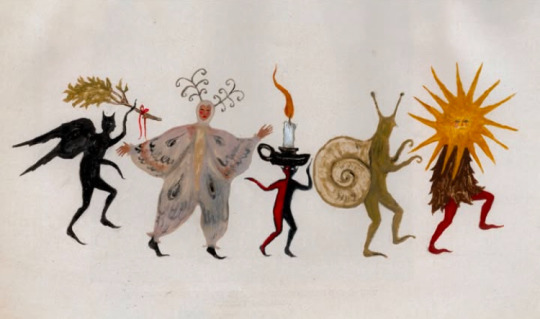
• 𝘛𝘩𝘦 𝘎𝘳𝘦𝘢𝘵 𝘋𝘪𝘴𝘨𝘶𝘪𝘴𝘪𝘯𝘨 𝘐𝘐 •
𝖻𝗒 𝖫𝖺𝗎𝗋𝖺 𝖡𝖾𝗇𝗌𝗈𝗇
3K notes
·
View notes
Photo







“Is this the companionship they write about in books?” The Handmaiden (2016) dir. Park Chan-Wook
3K notes
·
View notes
Photo
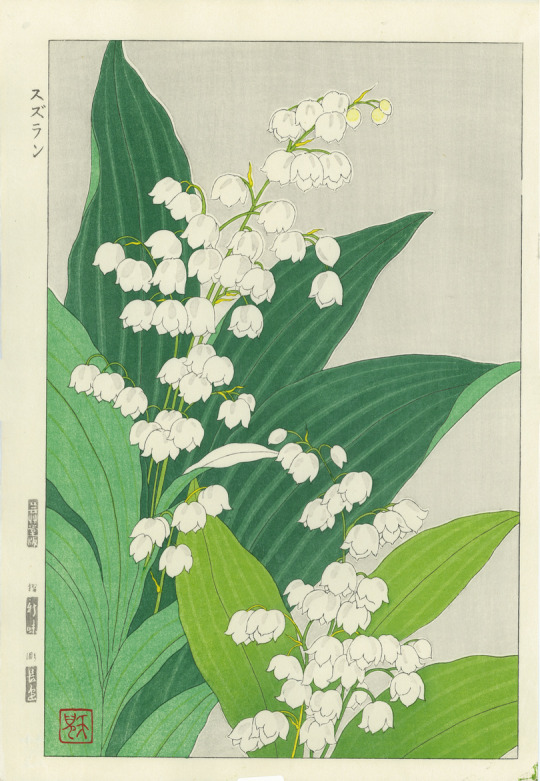
Lily of the valley by Kawarazaki Shodo (1899-1973)
35K notes
·
View notes
Photo

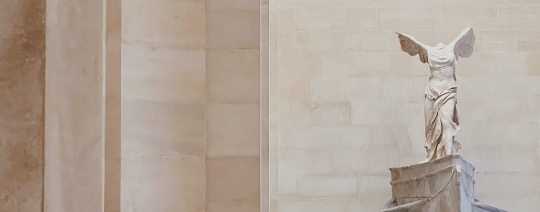
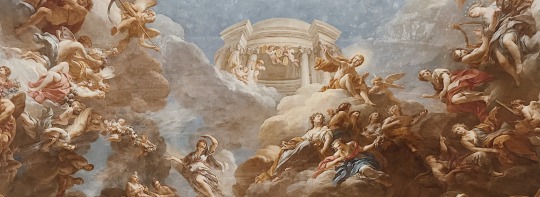
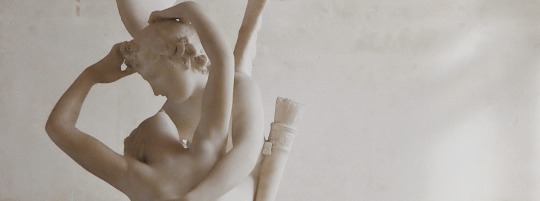

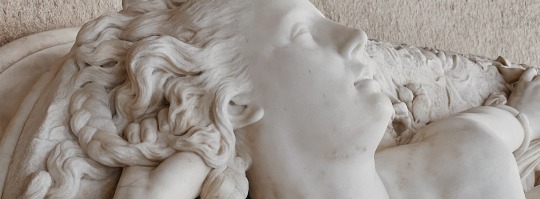
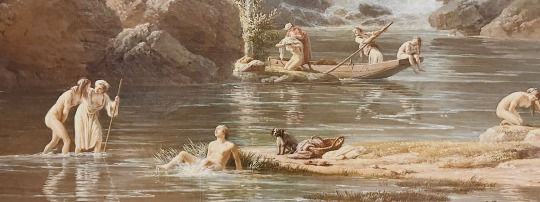
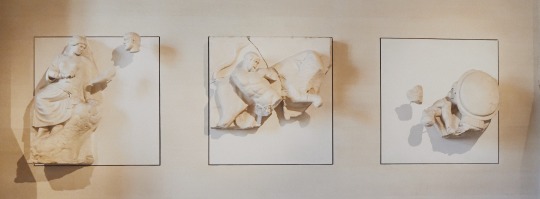
August - September 2022 / Paris, France
4K notes
·
View notes
Text


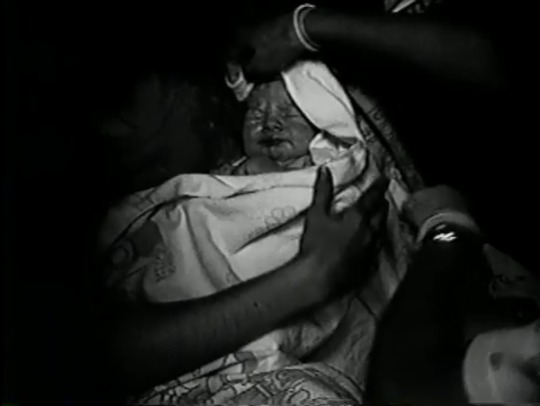
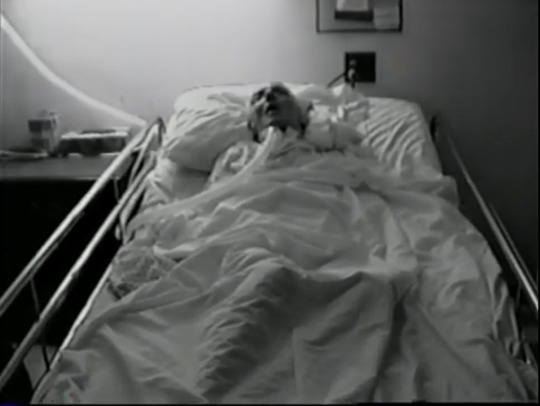
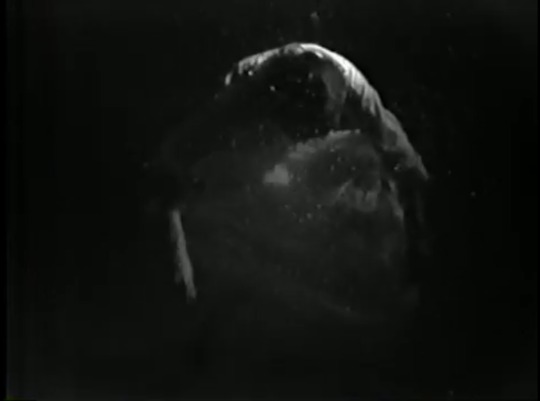

The Passing ( 1991 / Bill Viola )
10 notes
·
View notes
Text
“Live your Art. Don’t think about it.”
— Bill Viola
26 notes
·
View notes
Text

Bill Viola
Video artist who melded the material and the spiritual and applied modern technology to Renaissance subjects
In 1957, on a family holiday, Bill Viola fell in a lake. He was six years old. Sixty years later, Viola, who has died aged 73, recalled the event. “I didn’t hold on to my float when I went into the water, and I went right to the bottom,” he said. “I experienced weightlessness and a profound visual sense that I never forgot. It was like a dream and blue and light, and I thought I was in heaven as it was the most beautiful thing I had seen.” And then … “my uncle pulled me out.”
It seemed an unpromising start to an artistic career. However, in 1977 Viola began a series of five works called The Reflecting Pool. Four years out of university, this was his first multipart artwork, its constituent films occupying their maker for three years. In the title piece, a shirtless man – Viola – emerges from a wood, walks toward a pond, makes as if to jump into it and freezes in mid-air. The pool registers his entry nonetheless, its surface rippling as though disturbed; the flying man fades slowly away; and, after seven long minutes, Viola emerges, dripping, from the water and walks back into the woods. The Reflecting Pool drew on the near-drowning of his six-year-old self. It was also classic Viola, its most notable features – slowness, water, a numinous spirituality – recurring in his work of the next half century.
It was the subaqueous blue glow of the screen of a Sony Portapak video camera, donated to his high school in Flushing, New York, that first attracted Viola to the medium. He was raised in the neighbouring lower-middle-class suburb of Queens. It was not, recalled Viola, a cultured household, but his mother, Wynne (nee Lee) “had some ability and sort of taught me how to draw, so when I was three years old I could do pretty good motorboats”. A year before his near death by drowning, a kindergarten finger-painting of a tornado won public praise from his teacher. It was then, Viola said, that he decided to be an artist.
His father, a Pan Am flight attendant turned service manager, had other ideas. Fearing that an art school education would leave his son unemployable, Viola senior insisted that he study for a liberal arts degree at Syracuse, a respected university in upstate New York. “And in saying that,” Viola would admit, “he saved me.”
As luck would have it, Syracuse, in 1970, was among the first universities to promote experimentation in new media. A fellow student had set up a studio where projects could be made using a video camera. Signing up for it, Viola was instantly converted: “Something in my brain said I’d be doing this all my life,” he remembered. He spent the following summer wiring up the university’s new cable TV system, taking a job as a janitor in its technology centre so that he could spend his nights mastering the newfangled colour video system. In 1972, he made his first artwork, Tape I, a study of his own reflection in a mirror. This, too, would be trademark Viola, bewitched by video’s ability simultaneously to see and be seen, but also by his own image. The I in the work’s title was not a Roman numeral but a personal pronoun.
Tape I and works like it were enough to catch the eye of Maria Gloria Bicocchi, whose pioneering Florence studio, ART/TAPES/22, made videos for Arte Povera artists. When Viola took a job there in 1974, he found himself working alongside such giants as Mario Merz and Jannis Kounellis. By 1977, his own reputation in the small but growing world of video art led to his being invited to show his work at La Trobe University in Melbourne, his acceptance encouraged by the offer of free Pan Am flights from his father.
The invitation had come from La Trobe’s director of culture, Kira Perov. The following year, Perov moved to New York to be with Viola, and they married in 1978. They would stay in the house in Long Beach, California, that they moved into three years later, for the rest of their married lives. In 1980-81, the couple spent 18 months in Japan, Viola simultaneously working as the first artist-in-residence at Sony Corporation’s Atsugi laboratories and studying Zen Buddhism.
This melding of the sacred and technologically profane would mark Viola’s work of the next four decades. Viola listed “eastern and western spiritual traditions including Zen Buddhism, Islamic Sufism and Christian mysticism” as influences on his art, although it was the last of these that was the most apparent. At university, he said, he had “hated” the old masters, and proximity to the greatest of them in Florence had not changed that view. It was only with the death of his mother in 1991 that he began to feel the weight of western art history, and to acknowledge it in his own work.
Having struggled with a creative block since the late 1980s, he found that the grief of his mother’s death freed him. Summoned to her side by his father, Viola filmed first the dying woman and then her body lying in an open coffin. This footage would be used in a 54-minute work called The Passing, and then again the following year in the Nantes Triptych, its three screens concurrently showing a woman giving birth, Viola’s dying mother and, in between them, a man submerged in a tank of water.
The first of Viola and Perov’s two sons had been born in 1988. Nantes Triptych was, or appeared to be, a meditation on birth, death and rebirth through baptism. If the subject was traditional, so too was Viola’s use of the triptych form. His references to the old masters would soon become more direct still. In 1995, Viola was chosen to represent the US at the Venice Biennale. One part of the work, Buried Secrets, that he showed in the American pavilion drew openly on a painting by Jacopo da Pontormo of the visitation of the Virgin Mary to her elderly cousin, Elizabeth.
Not surprisingly in these secular times, Viola’s subject matter was not universally popular. The art world was particularly divided. When his videos were shown among the permanent collection of the National Gallery in London in an exhibition called The Passions in 2003, one outraged critic dubbed Viola “a master of overblown, big-budget, crowd-pleasing, tear-jerking hocus-pocus and religiosity”.
The pairing at the Royal Academy in 2019 of his work with drawings by Michelangelo from the Royal Collection drew the barbed comment from the Guardian critic that “Viola’s art is so much of its own time that it is already dated, dead in the water”.
Predictably, he was more popular with the public at large, a survey at a Viola retrospective at the Grand Palais in Paris showing that visitors had spent an average of two-and-a-half hours at the exhibition. Churchmen, too, were won over by Viola’s work, particularly those of the Church of England. In 1996, the artist was invited to make a video piece, The Messenger, for Durham Cathedral. In 2014, the first part of a two-part commission called Martyrs and Mary was installed at St Paul’s, the second joining it two years later. The project, thanks to ecclesiastical wrangling, had been a decade in the making. “The church works kind of slow,” remarked Viola, mildly. “But then I also work kind of slow.”
That mildness, and the religiosity of his subjects, may have led critics to underestimate the rigour of his work. Like Viola’s art or not, he was a master of it. His appreciation of the promise – and the threat – of technology was profound. Viola chafed against the primitiveness of early video, seeing each development in the medium as an opportunity to be grasped. The close-up portraits of The Passions series, for example, made use of flatscreen technology almost as it was invented.
By contrast, the binary nature of the modern world bothered him. “The age of computers is a very dangerous one because they work on ‘yes or no’, ���1 or 0’,” Viola mourned. “There’s no maybe, perhaps or both. And I think this is affecting our consciousness.” The dissemination of video as an art form had not been like the spread of oil painting by the Van Eyck brothers 500 years before, he said, video having appeared everywhere and at once. True to these beliefs, Viola saw no contradiction in treating Renaissance subjects, and a Renaissance belief system, with the latest inventions from Sony. “The two are actually very close,” he said. “I see the digital age as the joining of the material and the spiritual into a yet-to-be-determined whole.”
In 2012, Viola was diagnosed with early onset Alzheimer’s disease. His work after this was increasingly made with the help of Perov, a fact that lent a new poignancy to the themes of memory and loss that often ran through it.
Viola is survived by his wife and their sons, Blake and Andrei, and by his siblings, Andrea and Robert .
🔔 Bill (William John) Viola, video artist, born 25 January 1951; died 12 July 2024
Daily inspiration. Discover more photos at Just for Books…?
11 notes
·
View notes
Text

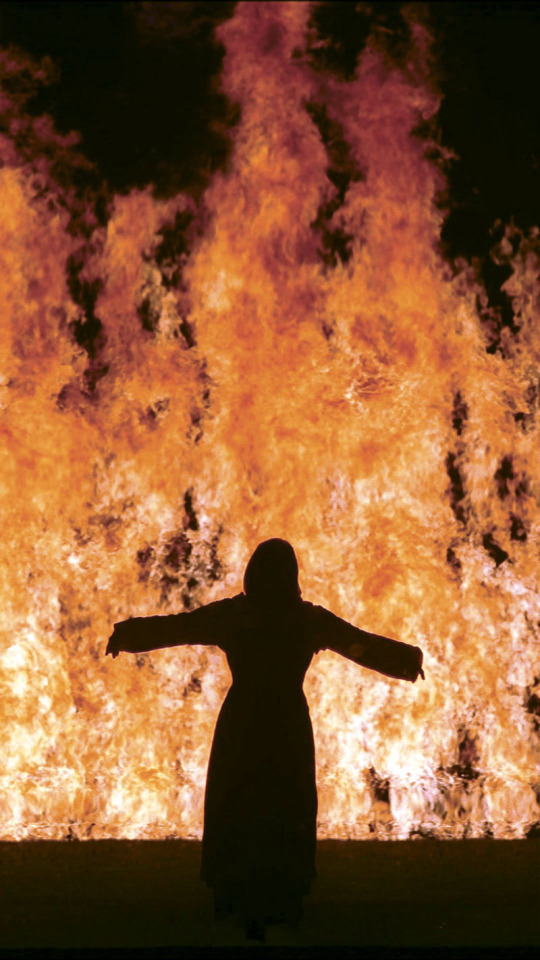

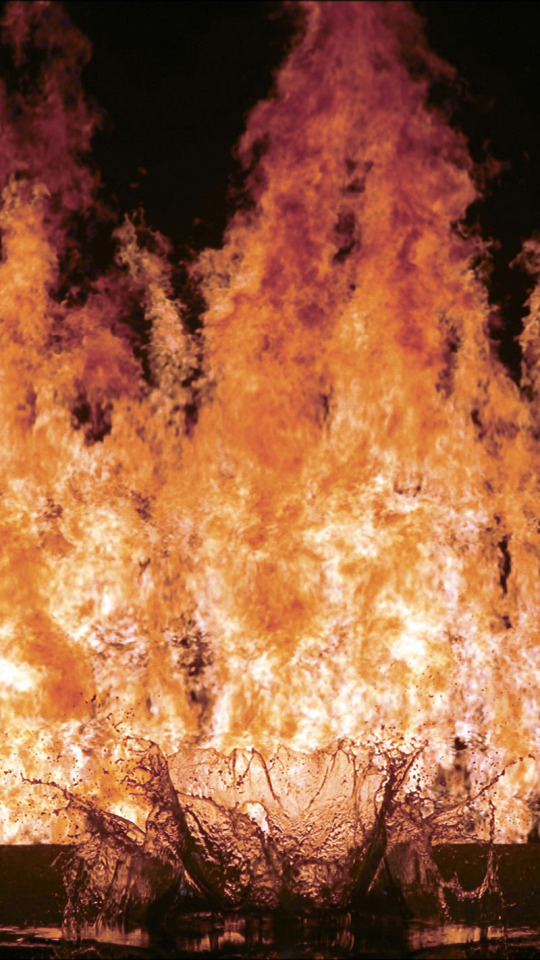
Bill Viola: Fire Woman (2005)
1K notes
·
View notes
Text

Bill Viola – The Sleep of Reason (1988)
2K notes
·
View notes
Text
“When you make a video of fire and of water, the resonance is incredible.. a flowing stream interpreted by flowing electrons. I was drawn to water intuitively, with a camera in my hand.. drawn to its pulsing waves and undulating surfaces, and of course, optically to the images it reflected.”
— http://www.artquotes.net/masters/viola/index.htm
14 notes
·
View notes
Photo

Christopher Richard Wynne Nevinson, The Wave, Lithograph, 1917
more
10K notes
·
View notes
Text

I Hate It Here.
Twitter / Instagram / Gumroad / Patreon
KnownOrigin / SuperRare / OBJKT / Zedge
311 notes
·
View notes
Text



Mist and rays of light on the Enbara River // 癒しの自然風景 ♡
14K notes
·
View notes
Text

viaje al infinito | victor m. alonso
68 notes
·
View notes







